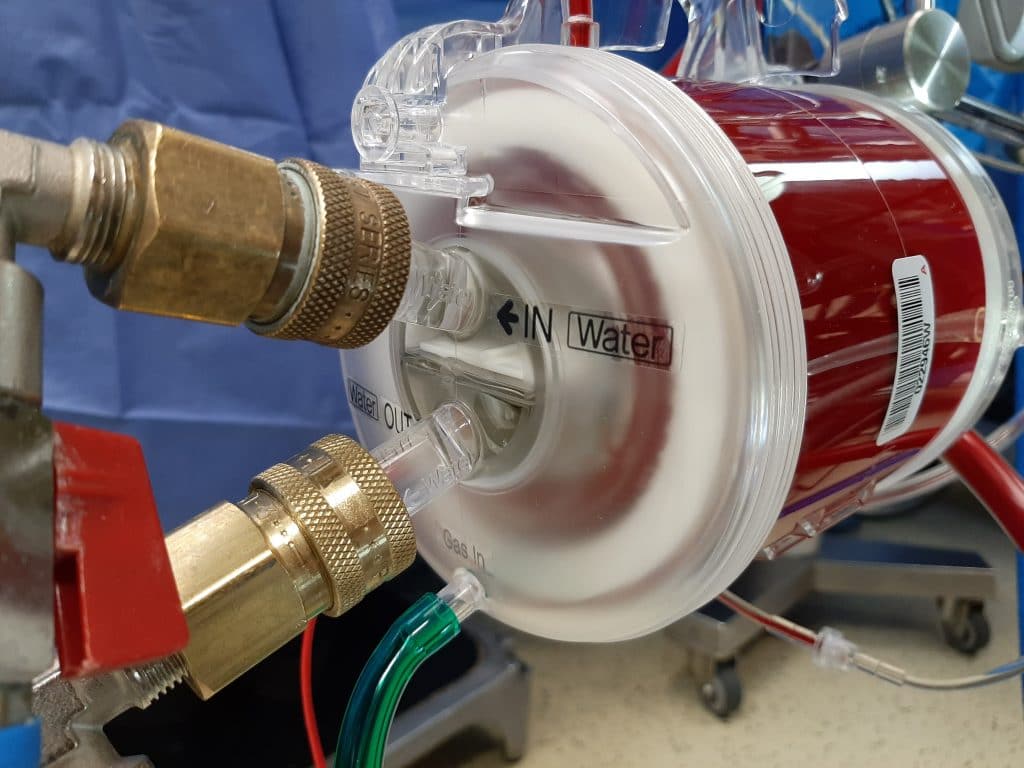Oxygen Management During Cardiopulmonary Bypass: A Single-Center, 8-Year Retrospective Cohort Study

Objective
To characterize the institutional oxygen management practices during cardiopulmonary bypass (CPB) in patients undergoing cardiac surgery, including any potential changes during an 8-year study period.
Participants
Patients who underwent cardiac surgery involving CPB, with or without hypothermic circulatory arrest (HCA), between January 1, 2010, and December 31, 2017.
Measurements and Main Results
In addition to baseline patient characteristics, the authors recorded the partial pressures of arterial oxygen (Pao2), fraction of inspired oxygen, and mixed venous oxygen saturation during CPB of 696 randomly selected patients during an 8-year study period. The overall mean Pao2 was 255 ± 48 mmHg, without any significant change during the 8-year study period (p = 0.30). The mean Pao2 of HCA patients was significantly higher than in patients without HCA (327 ± 93 mmHg v 252 ± 45 mmHg, respectively; p < 0.001).
Conclusions
The current approach to oxygen management during CPB at the authors’ institution is within the range of hyperoxemic levels, and these practices have not changed over time. The impact of these practices on patients’ outcomes is not fully understood, and additional studies are needed to establish firm evidence to guide optimal oxygen management practice during CPB.
